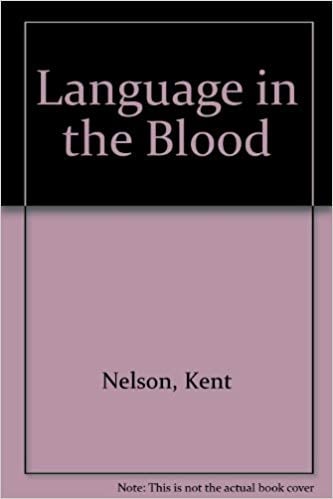The landscape of American fiction is a bleak and dreary place these days. It wends through the somber back lots and blue highways of rural America, tends toward the grimy streets of crumbling cities, populated by somewhat dim and desperate characters whose main goal seems to be making it to another day. Call it realism, call it world-weariness: the actors in our contemporary short stories and novels, bastard offspring of Raymond Carver’s deconstruction of Chekhov, are as unthinking and uninteresting as the bulk of humankind.
From the days of Don Quixote until very recently, the fabulist’s stock had been to place extraordinary characters in ordinary circumstances, or, even better, to place ordinary characters in situations that require ennobling—or at least unusual—actions. This charge has withered into the now-standard, tedious minimalism of writers like Richard Ford, the bleak nihilism of Bret Easten Ellis and the New York school of spoiled-rich-kid artistes who seem to dominate publishers’ catalogs. Their art is a mirror reflecting life. But that life is shaped by television, illiteracy, junk food, and nothingness—hardly the stuff of a masterwork, or even of third-rate fiction.
If only because it restores something of the ordinary person’s ability to rise to morally informed judgments in the face of adversity, Kent Nelson’s work is to be commended. His fictions are also extremely well made, written by an artist in sure command of his craft. Nelson bucks the minimalist trend while appropriating some of its less noxious elements, and he creates a believable fictional landscape of characters one would not mind encountering in the checkout line or stranded on a roadside. They have something to say, and what they have to say matters.
Nelson’s aptly tided, baker’s-dozen collection of stories, The Middle of Nowhere, takes as its setting places that test one’s mettle: the deserts of Arizona and northern Mexico, the unsettled highlands of Colorado, prisons, East Coast back alleys. The title story, among the strongest in a strong suite, centers on a young man’s coming of age in that most American of locales, a garbage-strewn trailer park on the edge of a large Western city. Echoing Bernardo Bertolucci’s luminous film Last Tango in Paris, Nelson’s humble story searches out the aftereffects of loss, the grief of parting, and the addictions that so often accompany them.
For all the brilliance of the desert sun. Nelson’s story partakes of a bleak atmosphere and a hard vision of working-class realities. Yet his protagonists respond by refusing to accept quotidian defeats; his young narrator salvages meaning from life by marching steadfastly away from the slough of despond. “The Middle of Nowhere,” like Nelson’s other tales, is far from inspirational, but his characters, who are as real as the faces we meet daily, are suitably heroic in the mere act of taking responsibility for their lives.
Language in the Blood, Nelson’s third novel, returns to the familiar setting of the desert Southwest. His narrator, Scott Talmadge, a young avian biologist drafted to take over an ailing professor’s university courses, is a typical thirty-something casualty of the Me Decade: nervous, uncertain, shy of emotional commitment and even emotion itself, certainly not to be relied on in a pinch. He avoids the old friends who shaped his past life in Nelson’s fabulated Tucson until he begins to bore himself, one drunken evening after another; then he seeks out his elusive alter ego, a trust-fund hippie whose days are spent alternately patching a fortress-like adobe house and disappearing into remote corners of the desert, from which he returns with carloads of mysterious indios who have trudged northward from the killing fields of Salvador.
Our protagonist takes a few chapters to rise to the occasion, for he lacks the natural machismo of fictional characters past. Still, he is eventually drawn into the sanctuary network. In the course of aiding that very real underground railroad and of suffering yet more losses. Nelson’s narrator attains a sort of natural nobility; by merely having acted, just once, to do something right, his deflated character reacquires a humanity that had abandoned him long before. It’s a neat trick, and Nelson packs a good measure of suspense into Talmadge’s growth. He tells it in moving tenor:
Years later, when all these events come to mind, I see those faces first. The faces. Perhaps the police become inured to seeing suffering in the human eye, or maybe in war, soldiers become accustomed to faces in pain. But not I. These were children’s faces . . . filthy, hungry, bruised, scared, oil stained, burned. But alive.
As are Nelson’s fictional creations, at a far remove from the unfeeling, unreflective, wraith-like ciphers who inhabit so much of American writing. His stories are an antidote to despair, a proper restoration of some of the worthier aims of storytelling. His voice is very welcome indeed.
[The Middle of Nowhere, by Kent Nelson (Layton, Utah: Gibbs Smith) 208 pp., $18.95]
[Language in the Blood, by Kent Nelson (Layton, Utah: Gibbs Smith) 260 pp., $18.95]

Leave a Reply